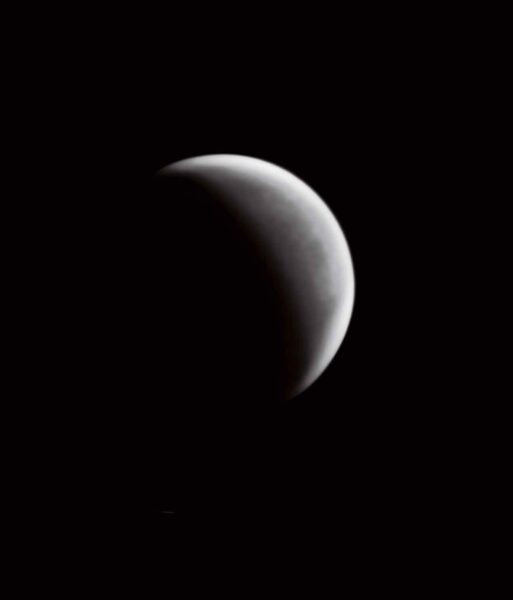By neglecting Venus, we could lose valuable knowledge about Earth.

S&T: Sean Walker
Even while human spaceflight goes through a period of uncertainty, robotic interplanetary missions persevere. NASA has spacecraft at Saturn, Mars, Mercury, and Vesta, and others are en route to Jupiter and Pluto. And yet there is something missing. NASA has no spacecraft at Venus, and there’s little chance of a new U.S. mission to Earth’s sister planet for at least a decade.
At some point Venus apparently suffered a runaway greenhouse, when solar heating triggered irreversible ocean evaporation. Nobody knows exactly when this happened and how this relates to changes in Earth’s climate. New missions could go a long way toward filling in the gaps by revealing how sunlight is converted into heat and motion and solving the mystery of if, how, when, and why our sister planet went through its ancient transformation from more mild conditions.
Without such missions, we’re losing vital knowledge of how climate works on an Earthlike planet. I fear this loss may be irretrievable. NASA research support goes where the missions go. Support for basic research about the geology and climate of Venus has declined, which results in fewer grad students pursuing Venus science. Consequently, the community within NASA advocating for new Venus missions has been shrinking, which makes it harder for new missions to compete against those with larger constituencies. In general, I think NASA does a good job at selecting missions. But this feedback loop works against new missions to a planet that has not been recently visited.
NASA, which hasn’t launched a Venus mission since 1989, just selected its new round of missions for preliminary funding, and of seven serious Venus proposals, none made the cut. Venus research is in serious danger of a death spiral. Some of us have been advocating new Venus missions for decades only to get repeatedly shot down. Now we have to face the prospect of no missions to Venus within our careers. Perseverance can be admirable, but doing the same thing repeatedly and expecting different results is, well, you know.
The international community is aware of this gap, but nobody else has NASA’s resources and experience. The European Space Agency’s Venus Express mission, launched in 2005 and still in orbit, is humanity’s one remaining climate-monitoring spacecraft at Venus, but even the best-case scenarios show it dying before any other spacecraft joins it. Japan launched Akatsuki in May 2010 but a malfunction caused the spacecraft to miss Venus and it remains unclear whether mission controllers can steer it back into Venus orbit (April issue, page 20).
There is no anti-Venus conspiracy at work within NASA — all the recently selected missions are worthy and there is not enough money to fund all of the good ones. But the worsening prospects for Venus research are unfortunate when considering the lessons that Venus has to offer about climate and the origin, survival, and loss of life-supporting conditions on Earthlike planets.
One small ray of hope is that in NASA’s recent Decadal Survey, an ambitious orbiter, the Venus Climate Mission, is recommended for consideration if more expensive plans fall through. As a Venus guy I would love to participate in such a mission, but I also think it would be good for our country and the world.
This article originally appeared in print in the December 2011 issue of Sky & Telescope. Subscribe to Sky & Telescope.
 0
0
Comments
You must be logged in to post a comment.